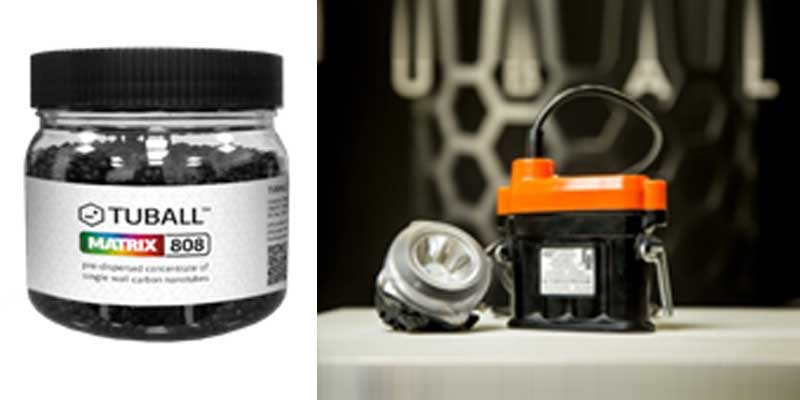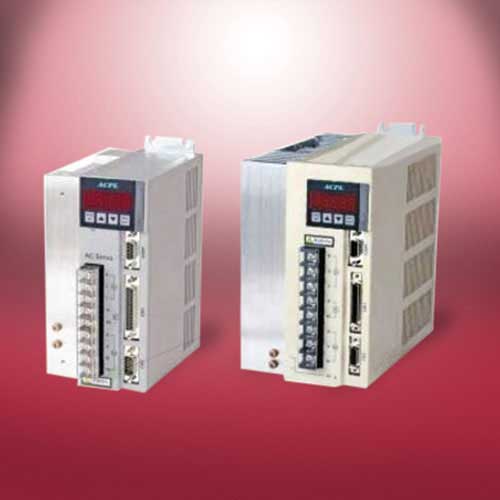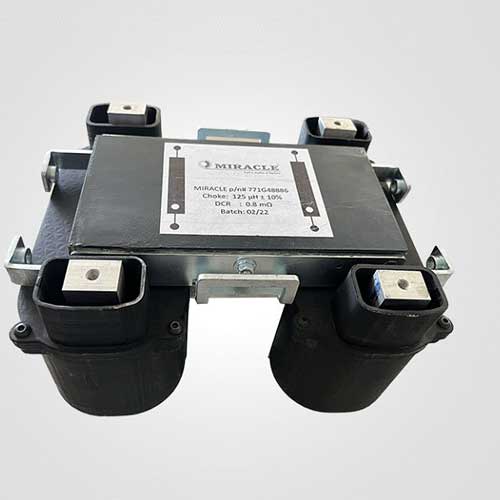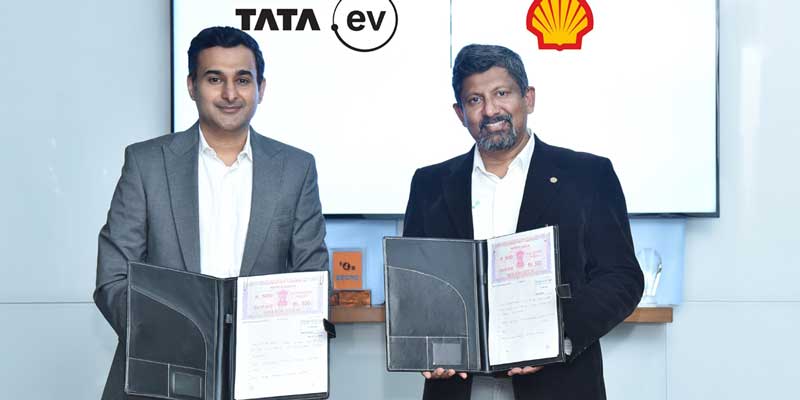Schedule a Call Back
Leibniz-Institut unveils smart nanocomposites for wearable electronics, vehicles, buildings
 Industry News
Industry News- Jan 10,24

Related Stories

BASF opens a smart factory in China to produce thermoplastic polyurethane
The new plant is the largest single TPU production line for BASF globally. The smart factory is built with advanced technologies – including automated guided vehicles and advanced automation syste..
Read more
Leibniz-Institut unveils smart nanocomposites for wearable electronics, vehicles, buildings
A recent paper in ACS Applied Nano Materials described how researches combined a thermoplastic polyurethane (TPU) with TUBALLTM graphene nanotubes to fabricate a nanocomposite material capable of ha..
Read more
OCSiAl develops graphene nanotube for better electrical conductivity
A newly developed graphene nanotube concentrate by OCSiAl enables thermoplastics with superior electrical conductivity but high compound MFI which are at high demand in the automotive, mining, oil a..
Read moreRelated Products

Servo Drives, Fully Digital
Bristol
Industrial Electronics offers optimum quality, fully digital servo drives.

Fluorescent Pigments for Traffic Cone
Aron Universal Limited offers a wide range of fluorescent
pigments for traffic cone.

D C Choke
Miracle Electronic Devices Pvt Ltd offers a wide range of D C choke.














